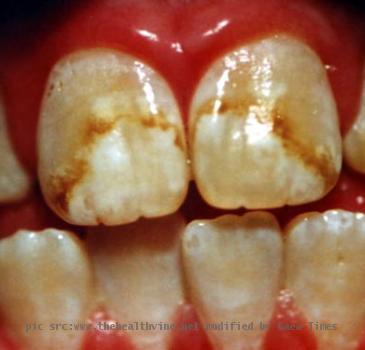Inhaling polluted coal smoke causing ‘fluorosis’ disease among Chinese villagers
By ANIWednesday, October 20, 2010
NEW YORK - Villagers in remote areas of southwestern China, who cook and dry their clothes by burning pieces of coal, are being affected with a disease ‘fluorosis’ that is caused by a toxin released during the burning process, according to an ongoing investigation by chemists at the University at Buffalo in New York.
The researchers are presenting their work today at the AVS 57th International Symposium and Exhibition at the Albuquerque Convention Center in New Mexico.
According to the researchers, the toxin in question is fluoride, which binds to calcium in the human body and causes the disease fluorosis, a condition that affects millions of Chinese in Guizhou province and also causes dental problems like discoloured and pitted teeth, joint pain, muscular degeneration, and deformities in joints and the spine.
Polluted water is considered to be the most common source of excessive fluoride, but Joseph Gardella, a chemist at UB who has collaborated on a research project with Professor Handong Liang of the China University of Mining and Technology in Beijing (CUMTB), said that polluted coal might also be a major factor.
Brett Yatzor, a student who analysed the coal samples, said: “When you just look at coal, it looks pretty homogenous, but when you do a chemical ion image, you can see that it’s very heterogeneous.”
He further said that the carbon in the coal contains little fluorine but the inorganic clay used as an additive for coal burning and as a binder in briquette making by local residents showed very high levels of fluorine.
The scientists are still investigating exactly how this fluorine enters the human body. They believe that they might either be inhaled when coal is burned in the villagers’ closed and unventilated huts, or ingested while taking foods like chillies and corns, which contain high level of the toxin.
Meanwhile, the Chinese government has reportedly put in place programs to install chimneys that would improve the ventilation in the huts and allow smoke particulates to escape. (ANI)
